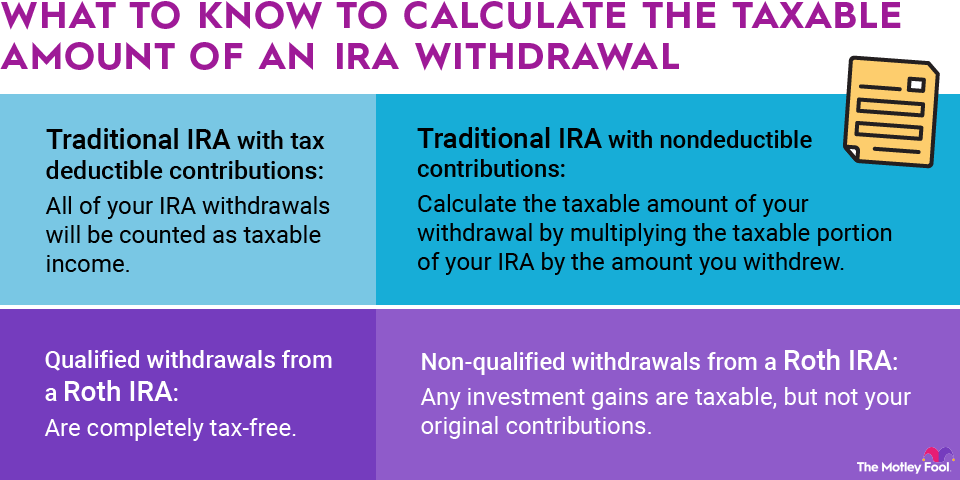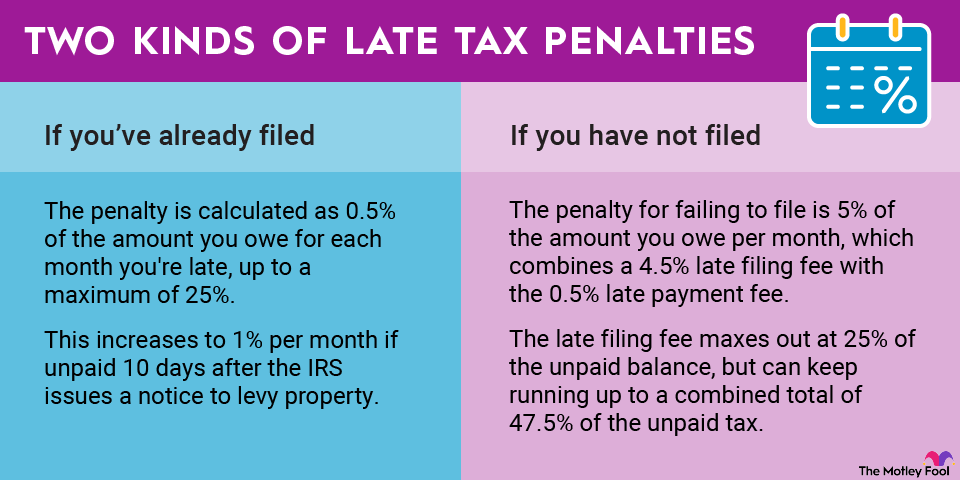Calculating the return on your investments is the best way to tell if you're on track to achieve your financial goals. Yet, if you regularly make contributions or withdrawals in your investment accounts, you can't just take the increase or decrease in your end-of-year account balance to calculate your total return. You also have to take cash inflows and outflows into account. Dollar-weighted investment returns allow you to account for money going into or out of your portfolio.

How dollar-weighted investment returns work
The key consideration in calculating dollar-weighted investment returns is that deposits and withdrawals from your account affect how much money you have invested at any given time. As an extreme example, say you had $1,000 invested in a fund on January 1, you withdraw $1,000 on February 1, and then redeposit $1,000 on December 1, with the end-of-year balance growing to $1,010. Your account has gone up by 1%, but all of those gains came in the two months during which you had money in the account. Using simple interest calculations, if you earned 1% in two months, then over the full 12-month period, your dollar-weighted rate of return was 6%.
Dollar weighting can affect returns in either direction. Take the same example as above, except instead of withdrawing $1,000 on February 1, you deposit $12,000 and then withdraw the $12,000 on December 1. Your account rose by the same 1%, but you had far more money invested during most of the year -- an average of $11,000. The dollar-weighted rate of return would be just 0.09%.
Calculating dollar-weighted investment returns
To calculate a one-year dollar-weighted investment return, you need to know the change in the account balance over the year, the net total deposits and withdrawals in the account, and when those deposits or withdrawals were made. You'll then come up with two numbers. To find the first, take the change in the balance, subtract deposits to the account, and then add back withdrawals from the account and save the result.
For the second number, start with the beginning balance. Then take each contribution during the year and multiply it by the fraction of a year remaining before year-end. For instance, for a contribution made on Feb. 1, you'd multiply the deposit amount by Nov. 12, because there are 11 months left in the year. For a withdrawal on Dec. 1, you'd multiply the amount by 1/12. For each deposit, add the resulting amount to the beginning balance, and for each withdrawal, subtract that amount.
Related investing topics
Once you have both numbers, divide the first by the second. That will give you the dollar-weighted investment return, which you can then multiply by 100 to give you a return in percentage terms. Your brokerage statements are important to help you find the numbers, so if you want to make sure you have the best one for your needs, visit our broker center.
Dollar-weighted returns are a bit more complicated to calculate, but they give a better picture of how hard your money actually worked for you. That's critical in assessing your investment success.


















